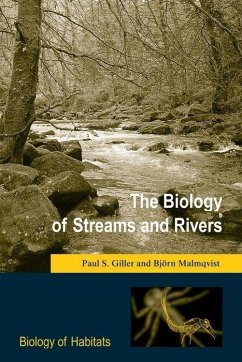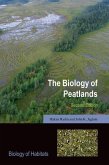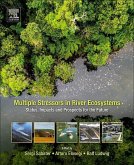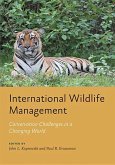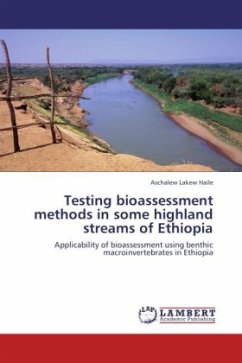An easy-to-read, beautifully illustrated undergraduate-level introduction to fresh- and running-water biology. Each chapter includes practical information on simple studies and experiments for students to try. The text begins with the physical features that define running water (lotic) habitats then continues with organisms that inhabit these habitats, and concludes with a discussion of applied issues surrounding water use, including pollution, species diversity, and conservation. The authors outline the range of living organisms in lotic habitats, and the environmental adaptations they exhibit. They discuss population, community, and ecosystem patterns and processes, such as energy flow, nutrient cycling, migration, food webs, and community structure. Particular consideration is given to links between stream and river channels and their surrounding landscapes, to short-term and seasonal changes, and to historical and biogeographical factors. The text concludes with a section of additional practical field work activities and a list for further reading.

